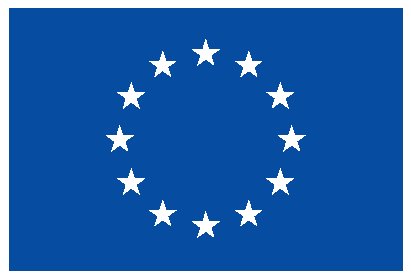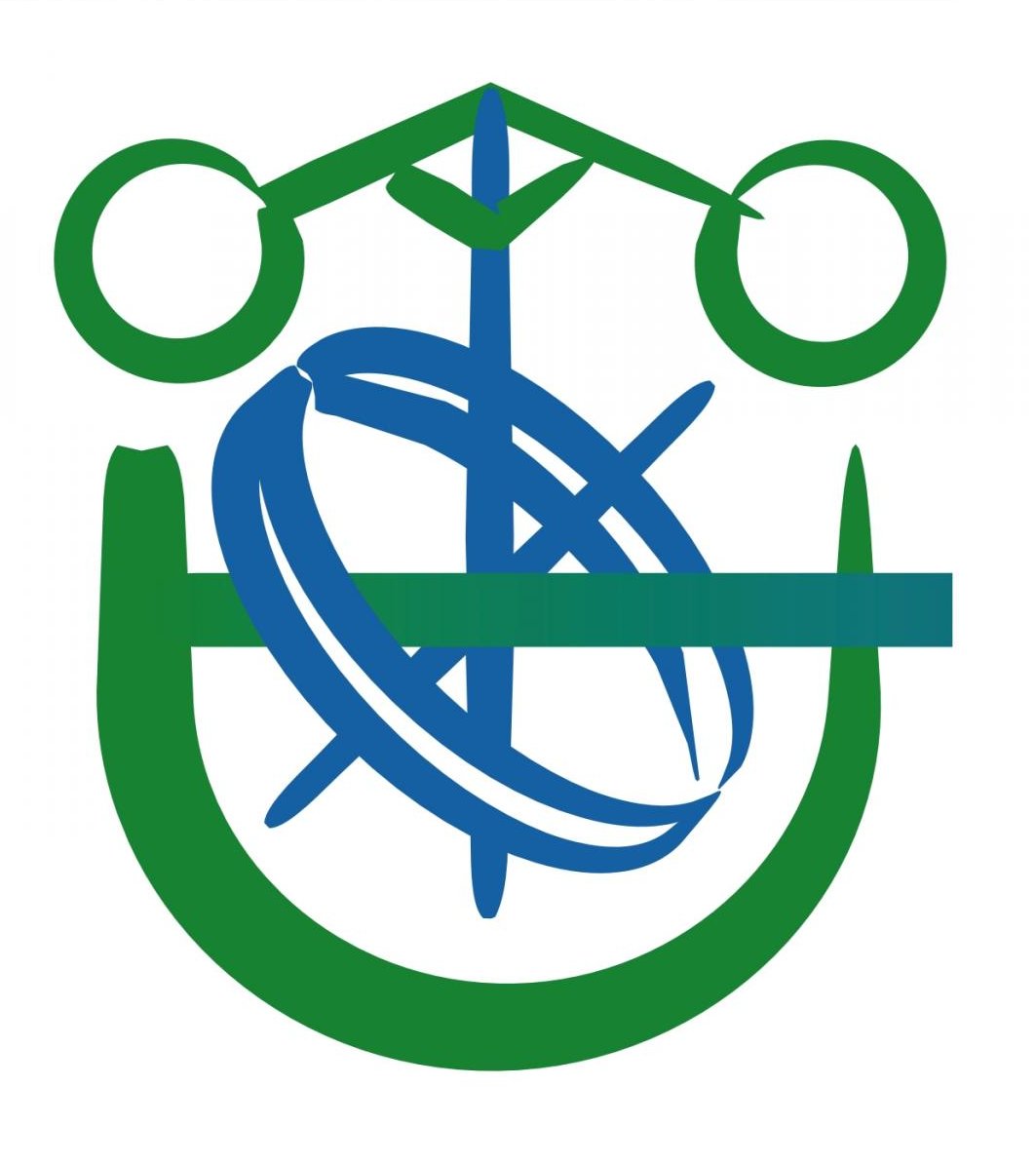Machine learning methods for binary and multiclass classification of melanoma thickness from dermoscopic images
Hits: 6547
- Research areas:
- Year:
- 2016
- Type of Publication:
- Article
- Keywords:
- Melanoma thickness, dermoscopic image, machine learning, ordinal classification, nominal classification
- Authors:
- Journal:
- IEEE Transactions on Medical Imaging
- Volume:
- 35
- Number:
- 4
- Pages:
- 1036-1045
- ISSN:
- 0278-0062
- Note:
- JCR(2016): 3.942 Position: 9/105 (Q1) Category: COMPUTER SCIENCE, INTERDISCIPLINARY APPLICATIONS
- Abstract:
- Thickness of the melanoma is the most important factor associated with survival in patients with melanoma. It is most commonly reported as a measurement of depth given in millimeters (mm) and computed by means of pathological examination after a biopsy of the suspected lesion. In order to avoid the use of an invasive method in the estimation of the thickness of melanoma before surgery, we propose a computational image analysis system from dermoscopic images. The proposed feature extraction is based on the clinical findings that correlate certain characteristics present in dermoscopic images and tumor depth. Two supervised classification schemes are proposed: a binary classification in which melanomas are classified into thin or thick, and a three-class scheme (thin, intermediate, and thick). The performance of several nominal classification methods, including a recent interpretable method combining logistic regression with artificial neural networks (Logistic regression using Initial variables and Product Units, LIPU), is compared. For the threeclass problem, a set of ordinal classification methods (considering ordering relation between the three classes) is included. For the binary case, LIPU outperforms all the other methods with an accuracy of 77.6%, while, for the second scheme, although LIPU reports the highest overall accuracy, the ordinal classification methods achieve a better balance between the performances of all classes.
- Comments:
- JCR(2016): 3.942 Position: 9/105 (Q1) Category: COMPUTER SCIENCE, INTERDISCIPLINARY APPLICATIONS







